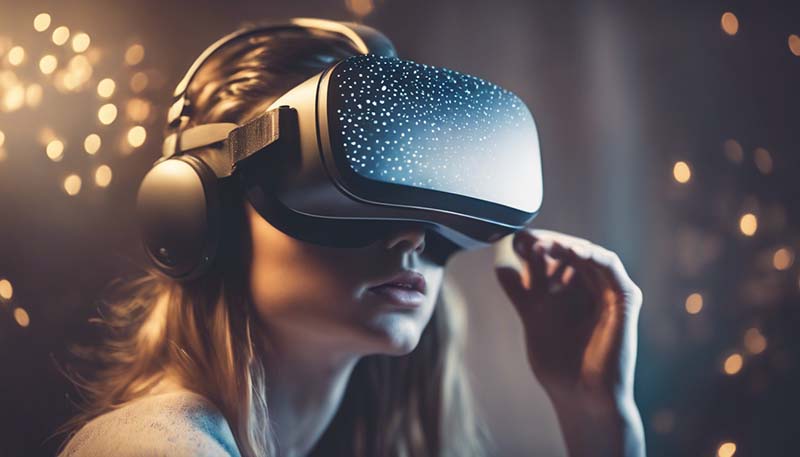The Impact of Virtual Reality on Mental Health
Introduction
Virtual Reality (VR) has made significant strides in recent years, evolving from a niche technology into a mainstream tool with a wide range of applications. One of the most promising areas where VR is making an impact is in the field of mental health. This article explores the various ways VR is being used to treat and understand mental health conditions, as well as the potential benefits and risks associated with its use.
The Use of VR in Therapy
VR has been increasingly utilized as a therapeutic tool to help individuals confront and manage various phobias, anxiety disorders, and post-traumatic stress disorder (PTSD). By simulating real-world environments in a controlled setting, VR allows patients to gradually expose themselves to their fears, which can help in reducing the intensity of their reactions over time.
Exposure Therapy for Phobias and PTSD
Virtual reality exposure therapy (VRET) is particularly effective for treating PTSD and phobias. It enables patients to relive traumatic events or confront their fears in a safe and controlled manner. For example, veterans can be exposed to simulations of combat situations to help them process and cope with their traumatic experiences.
Anxiety and Stress Reduction
VR is also being used to help individuals manage everyday anxiety and stress. Relaxation applications that immerse users in calming environments, such as peaceful beaches or serene forests, can help reduce stress levels and promote relaxation.
Advertisement
VR in the Treatment of Depression
Depression is a complex mental health condition that can be challenging to treat. VR is being explored as a potential treatment option, offering a new avenue for patients to engage with their therapy. Virtual environments can provide a space for patients to express and explore their feelings in a non-judgmental and interactive setting.
Behavioral Activation
One approach to treating depression involves increasing the patient's engagement in activities that they used to enjoy. VR can facilitate this by providing an enjoyable and motivating environment for patients to explore and interact with, thus encouraging behavioral activation.
The Role of VR in Understanding Mental Health
Beyond its therapeutic applications, VR is also being used as a research tool to better understand the nature of mental health conditions. By creating immersive simulations of the experiences of individuals with mental health disorders, researchers can gain new insights into the factors that contribute to these conditions and how they might be treated.
Empathy and Understanding
VR has the potential to foster empathy and understanding by allowing healthy individuals to experience what it's like to live with a mental health condition. This can help reduce stigma and promote more compassionate attitudes towards those who are affected.
Challenges and Risks
While the use of VR in mental health treatment offers many potential benefits, there are also challenges and risks to consider. Some patients may experience discomfort or disorientation when using VR, and there is a risk that the technology could exacerbate symptoms in certain individuals. It's also important to ensure that VR treatments are evidence-based and delivered by qualified professionals.
Access and Affordability
The cost of VR equipment can be a barrier to its widespread use in mental health treatment. As the technology becomes more affordable and accessible, it has the potential to reach more patients and have a greater impact on mental health care.
Future Directions
As VR technology continues to advance, its role in mental health treatment and research is likely to expand. Future developments may include more sophisticated simulations, personalized therapy programs, and integration with other forms of treatment, such as cognitive behavioral therapy (CBT) and pharmacological interventions.
Teletherapy and Remote Care
The ability to deliver VR-based therapies remotely has significant implications for mental health care, particularly in rural or underserved areas where access to mental health services may be limited. Teletherapy and remote care could make mental health treatment more accessible and convenient for many individuals.

Conclusion
In conclusion, virtual reality is an exciting and rapidly evolving field with the potential to transform the way we understand, treat, and perceive mental health conditions. As research and development continue, VR is likely to play an increasingly important role in mental health care, offering new opportunities for patients and mental health professionals alike.
Comment